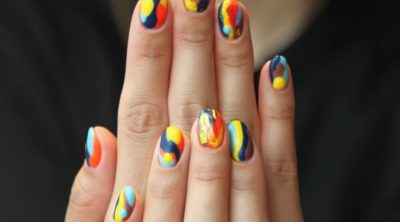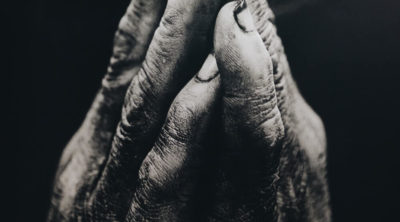
The risk of acquiring an infection from the water used in a doctor fish pedicure is low if proper hygiene is maintained. But there are many other health and safety concerns which should be considered before for a doctor fish pedicure. Read this NailArtMag article to get an insight about this treatment.
Advice
People with a weak immune system and underlying medical conditions like diabetes, psoriasis, etc., are not recommended to undertake a doctor fish pedicure, as they are more prone to infections.
The name doctor fish is given to the species of fish, Garra rufa. These fish are also known as nibble fish. They are found in hot springs and rivers of the Middle East, Turkey, Syria, Iraq, and Iran.
Garra rufa fish are used for pedicures, as they clean and exfoliate the skin. Individuals who desire a pedicure are asked to put their feet inside a tank of warm freshwater that contains dozens to hundreds of doctor fish. These fish are small and toothless, hence, suck and gently nibble away dry and dead skin of the feet. The nibbling fish give a ticklish sensation which acts as a relaxing massage. After the treatment, you have refreshed, smooth, and healthy-looking feet.
How Safe is Doctor Fish Pedicure?
It is claimed that a doctor fish pedicure exfoliates the skin, improves blood circulation, removes bacteria, and also reduces foot odor. It also said to cure athlete’s foot, and many other skin conditions. A study conducted under controlled environment at a medical university in Austria, revealed that the fish pedicure is effective in the treatment of psoriasis. But, since this study was not conducted in a nail salon, one cannot conclude its efficacy under normal conditions.
According to the Health Protection Agency, Garra rufa fish pedicure is associated with a very low risk of infection if the fish spas maintain proper hygiene. But there are few concerns which raise questions about the safety of this treatment. Following are some of them:
- The fish tank which is used by the salons for the purpose of pedicure may contain a number of microorganisms, as many people dip there feet for the treatment. This may lead to infections which may be caused due to the contamination of the water, if proper hygiene is not maintained.
- The infections may also spread from humans to fish, or fish to humans, or fish to fish, if anyone of them is affected from some disease which may spread. However, people with cuts or infection in their feet are not allowed to take this treatment until it is cured.
Considering hygiene and safety, Dr. Hilary Kirkbride, consultant epidemiologist at the HPA, said, “Provided that good standards of hygiene are followed by salons, members of the public are unlikely to get an infection from a fish spa pedicure; however, the risk will be higher for certain people.”
Why Some Countries have Banned Doctor Fish Pedicure in Salons
Despite the benefits provided by fish pedicure, many states have banned fish pedicure in salons due to the following reasons.
- Many salon owners do maintain proper hygiene of the water tank, which may increase the risk of infections.
- Garra rufa resembles a Chinese fish named Chin Chin. Contrary to the Garra rufa, this fish has teeth and can draw blood, which increases the risk of infection. Many salons have started using this fish, and mislabeled it as doctor fish. This is one of the major reasons behind the banning of fish salons in the USA.
- These fish are starved so that they eat skin. If they are full, they will not eat the skin.
- According to the U.S. Fish and Wildlife Service, Garra rufa pose a threat to the native plants and animals, as it is not native to the place.
To provide safe pedicures many fish spas use filtration systems and ultraviolet lights to kill the microorganisms in the water, and even check their customers for any wounds and infections before giving them this treatment. Yet, considering health and safety concerns, its practice is banned in many states of the US and Canadian provinces.


